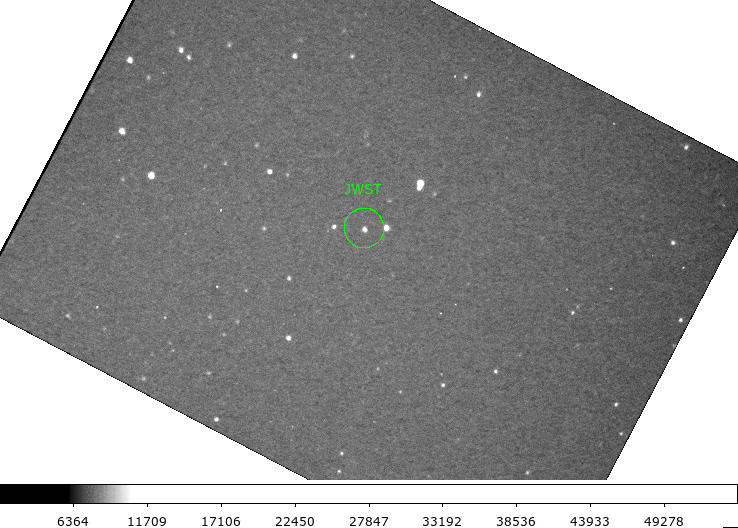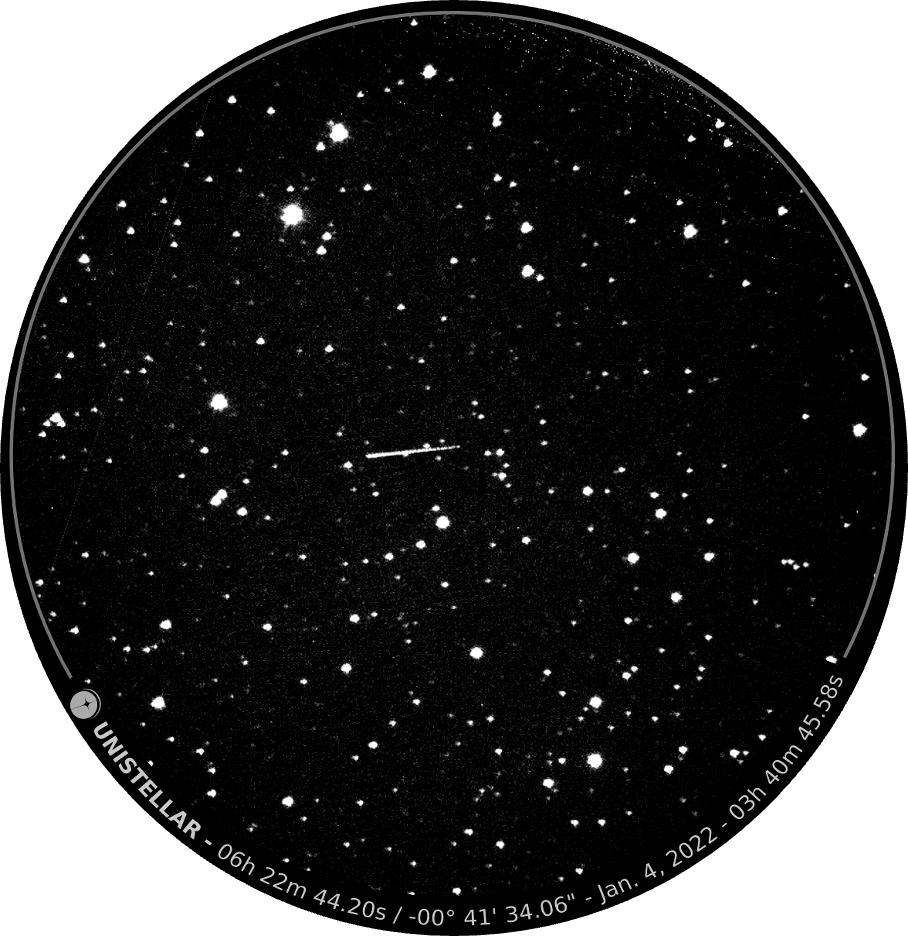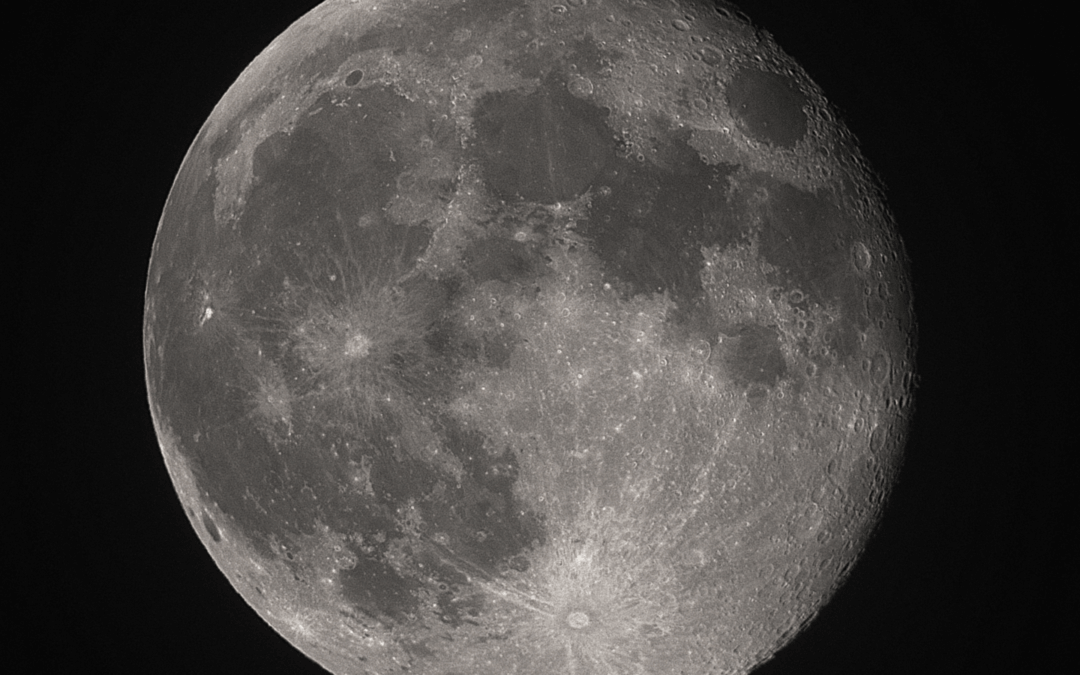NASA’s new flagship space telescope, the James Webb Space Telescope (JWST), sent back its first official scientific images as it explores the universe in greater detail than ever before. Revealed on July 12, these images mark the end of JWST’s long journey from Earth to its home a million miles away.
Unistellar observers have been following the telescope on nearly every step of its journey through space, capturing key moments and sharing them with the world. During the Unistellar observing campaign, 54 Citizen Astronomers caught a glimpse of JWST, detecting the telescope a collective 143 times over the course of three months.
The first Unistellar Network observations came shortly after JWST launched on Christmas Day, 2021, when two observers, Himanshu Mathur from India and Petri Kuossari from Finland, caught the rocket boosters tumbling away from the telescope after having carried it to orbit. Then, on December 26, Unistellar Citizen Astronomer Kendra Sibbernson captured a flare from JWST’s rockets as they adjusted the telescope’s trajectory to ensure it remained on-target.

Many more observations followed over the next months, as observers tracked JWST’s journey all the way to its final destination where it orbits the second Lagrangian point, or “L2″— a point where the gravity from the Earth and Sun balance each other. Another highlight came on January 6, when Unistellar Network members Tateki Goto in Japan and Justus Randolph from the state of Georgia saw a sudden spike in brightness from the telescope, which likely came from the sunshield reflecting sunlight.
With the process of calibrating its instruments and aligning its mirrors nearly complete, NASA’s mission is almost ready to begin peering deep into the universe. The telescope will take images that allow us to glimpse into the beginning of the universe more than 13.5 billion years ago, look into the atmospheres of distant exoplanets, and much more.
Unistellar Citizen Scientists have already made observations of their own that will complement JWST’s upcoming observations of exoplanets. As science operations get underway at this flagship space telescope, there should be many more opportunities for Unistellar members to team up with JWST astronomers for exciting new discoveries!
On July 17, the Chief Scientific Officer of Unistellar, Franck Marchis, will present these results in a scientific paper at the SPIE conference in Canada.

If you have any questions, please reach out to us at [email protected].
Further readings
3 Reasons to observe this month
Every month, discover three unmissable celestial events to observe with your Unistellar telescope.
Observing Eclipses on Jupiter: Cosmic Spectacles Through a Telescope
The latest Unistellar App Update, version V3.0, is now live. Explore a smooth stargazing experience !
Unistellar Community Included In Multiple Scientific Papers
Did you know Unistellar Citizen Astronomers are often cited in published scientific papers? Find out how you can contribute too!
What Are the Names of All the Full Moons in 2024?
Discover the enchanting names of the full moons in 2024. Delve into the unique character of each lunar spectacle and embrace the allure of the night sky.
New Unistellar App Update: Version 3.0
The latest Unistellar App Update, version V3.0, is now live. Explore a smooth stargazing experience !
What to Observe This November: Open Star Clusters and More
These Halloween deep-sky objects will add some light to those dark, spooky nights. Treats, tricks, and telescopes await!






